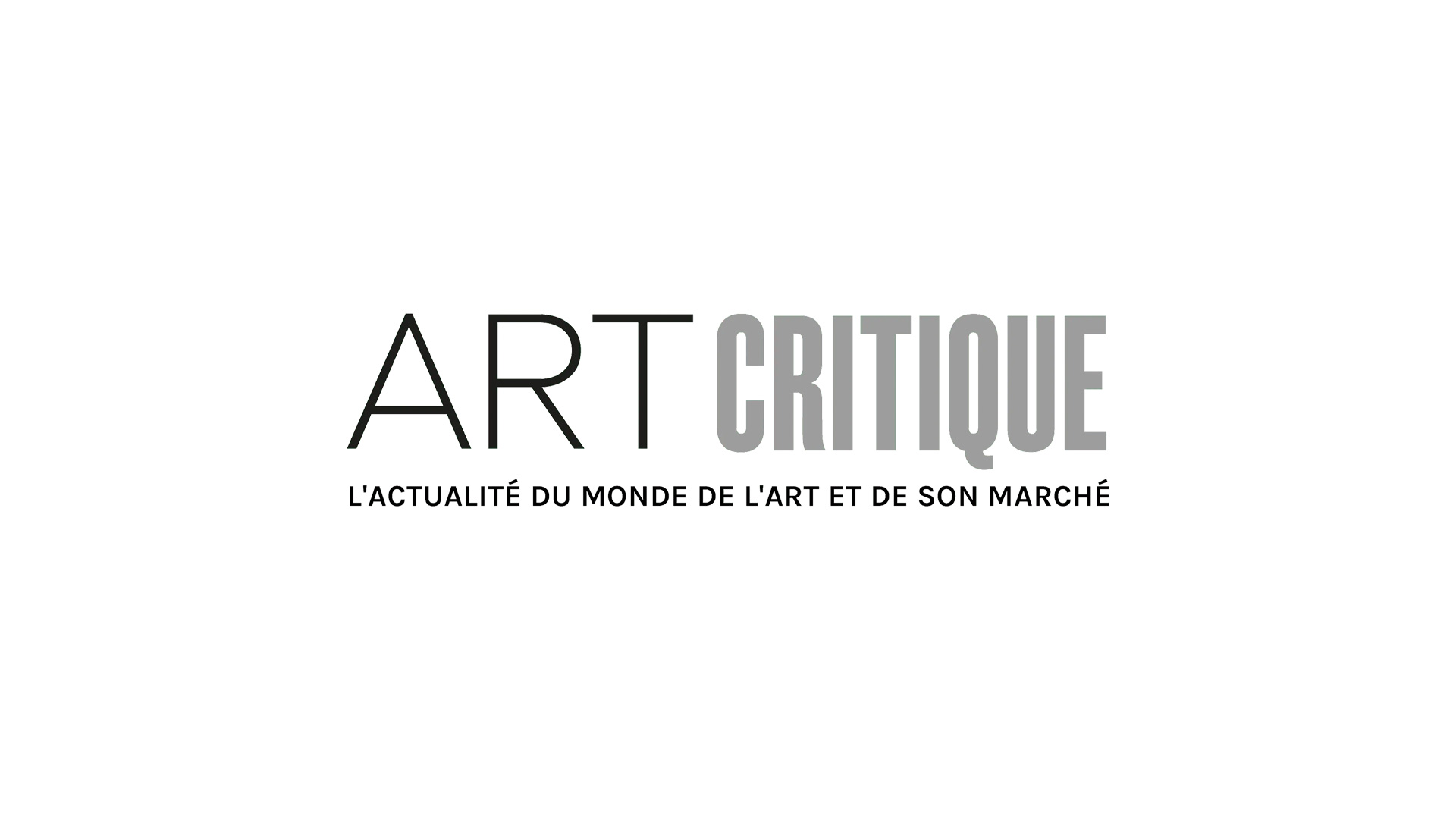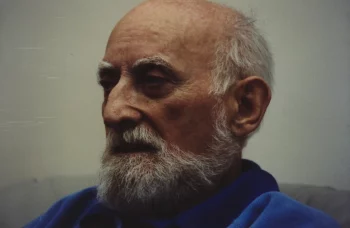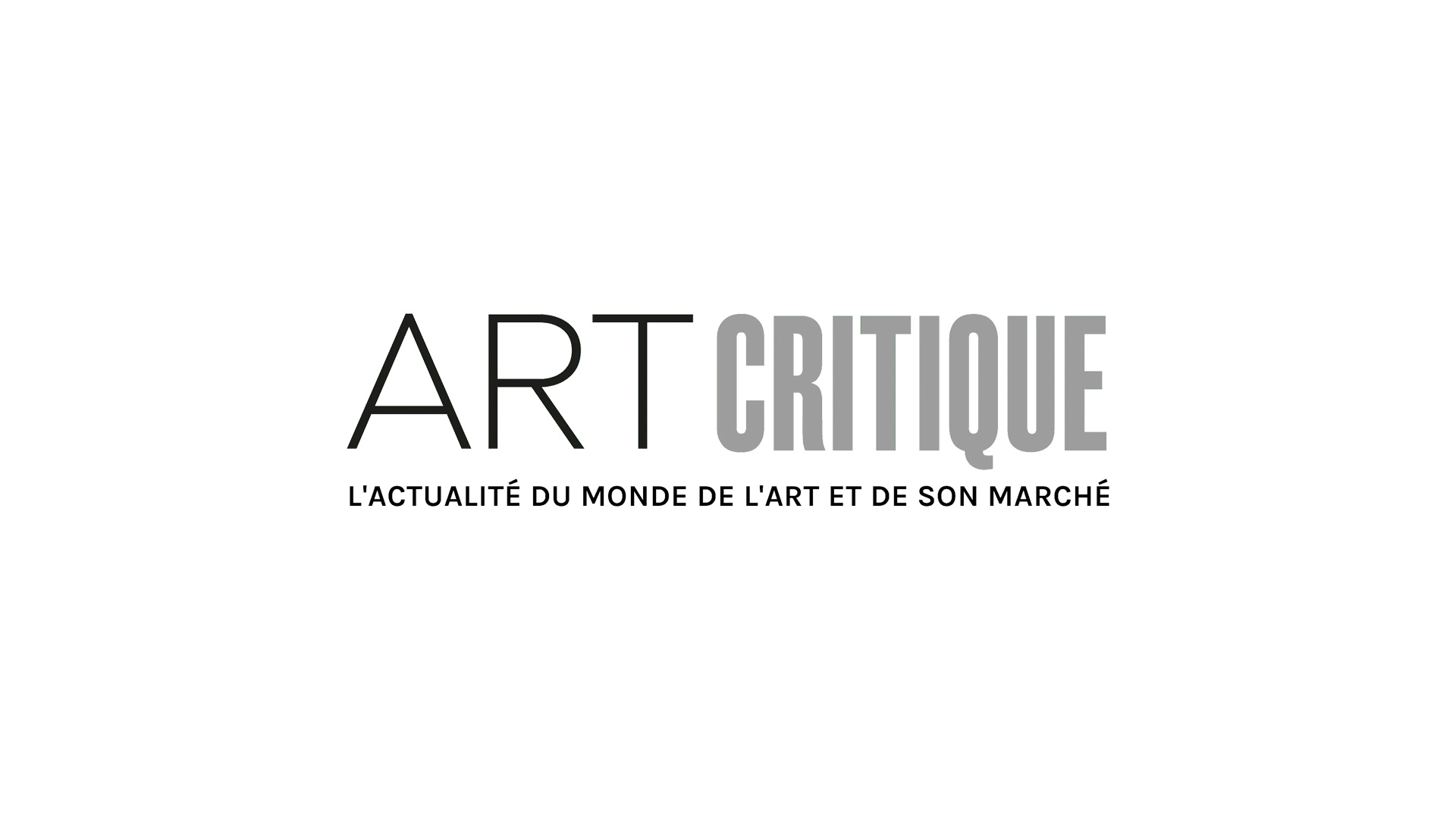Yet another detrimental restoration effort has made headlines in Spain, raising more concern for the lack of regulation regarding the restoration of art objects. This time, baroque artist Bartolomé Esteban Murillo’s copy of The Immaculate Conception of Los Venerables fell victim to distorting restoration, leaving the face of the Virgin Mary nearly unrecognizable when compared to the work prior to being “cleaning.”
The work was recently submitted for restoration by its owner, a private collector who has remained anonymous, to be carried out by a furniture restorer in València according to Europa Press. The restoration reportedly raked up a bill of €1,200, but even after two attempts at restoring the work, the painting came back in an entirely disastrous state.

“I don’t think this guy – or these people – should be referred to as restorers,” Fernando Carrera, former president of Spain’s Professional Association of Restorers and Conservators (Acre) and professor at the Galician School for the Conservation and Restoration of Cultural Heritage, told the Guardian. “Let’s be honest: they’re bodgers who botch things up. They destroy things.”
The ill-fated restoration attempt has been compared to that of the infamous restoration of a fresco by Elías García Martínez in 2012. The fresco, dating to the 1930s titled Ecce Homo, was faded and a shadow of its former self when Cecilia Giménez, an elderly amateur painter, attempted to revive the work, only to leave it badly distorted. The botched attempt drew a lot of criticism and became widely circulated on Facebook and Twitter as a meme mocking the fresco.
While the latter of these restorative attempts eventually became a source of interest, with thousands having trekked to the small town of Borja just to see the image of Jesus, both of the incidents are part of a larger problem. According to María Borja, vice president of Acre’s València chapter, the issue is “unfortunately far more common than you might think.” In the aftermath of botched attempts to restore artworks, some are reported to media sources, which is how a few make headlines, but there are many more such incidents of untrained people taking on restoration processes.

According to Carrera, Spain is home to a large number of cultural artworks because many different bodies of people move through the country for various reasons throughout its history. As these peoples passed through, they left their mark on Spain but as Borja has pointed out and the recent attempt to restore the Murillo work proves, without intervention, more artworks will “suffer” resulting in irreversible damage.
Carrera added that the lack of regulation to protect artworks is in part due to the lack of interest in the topic from some of Spain’s politicians. “We need to focus society’s attention on this so that it chooses representatives who put heritage on the agenda,” he said. “It doesn’t have to be at the very top because it’s obviously not like healthcare or employment – there are many more important things. But this is our history.”





